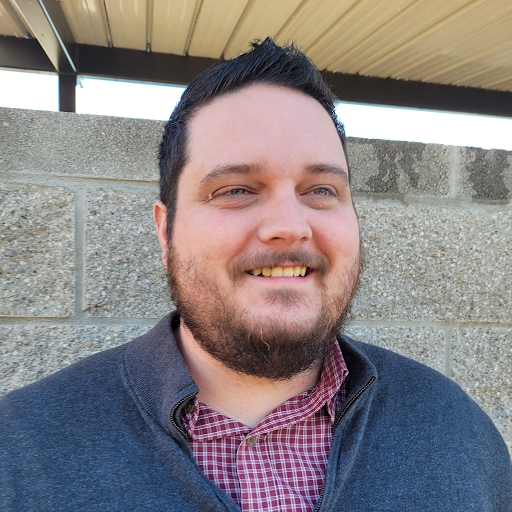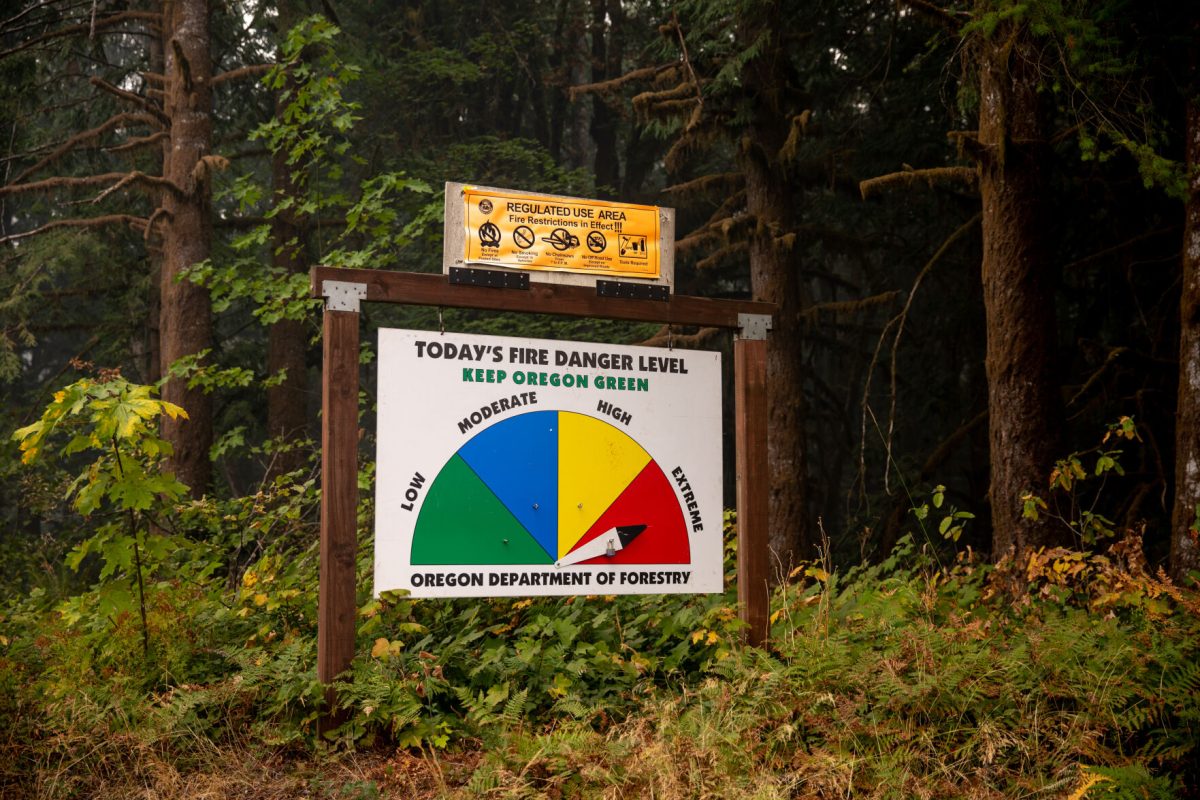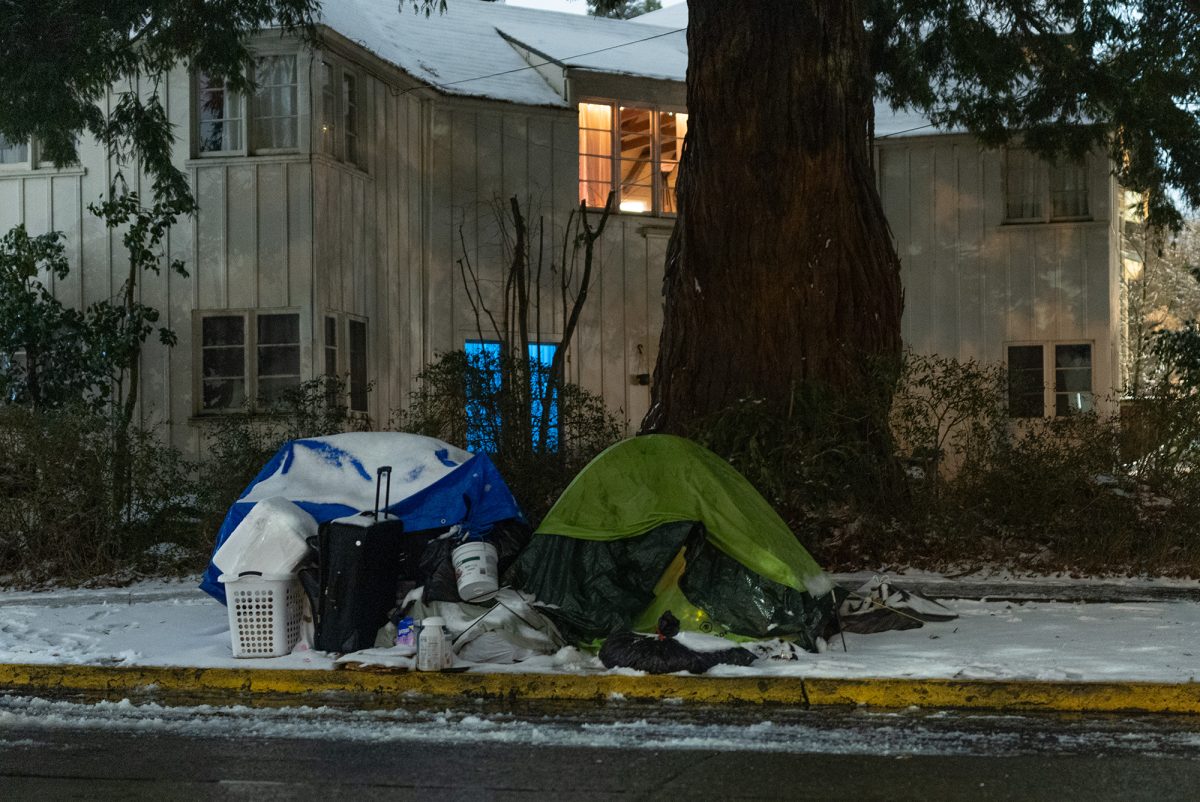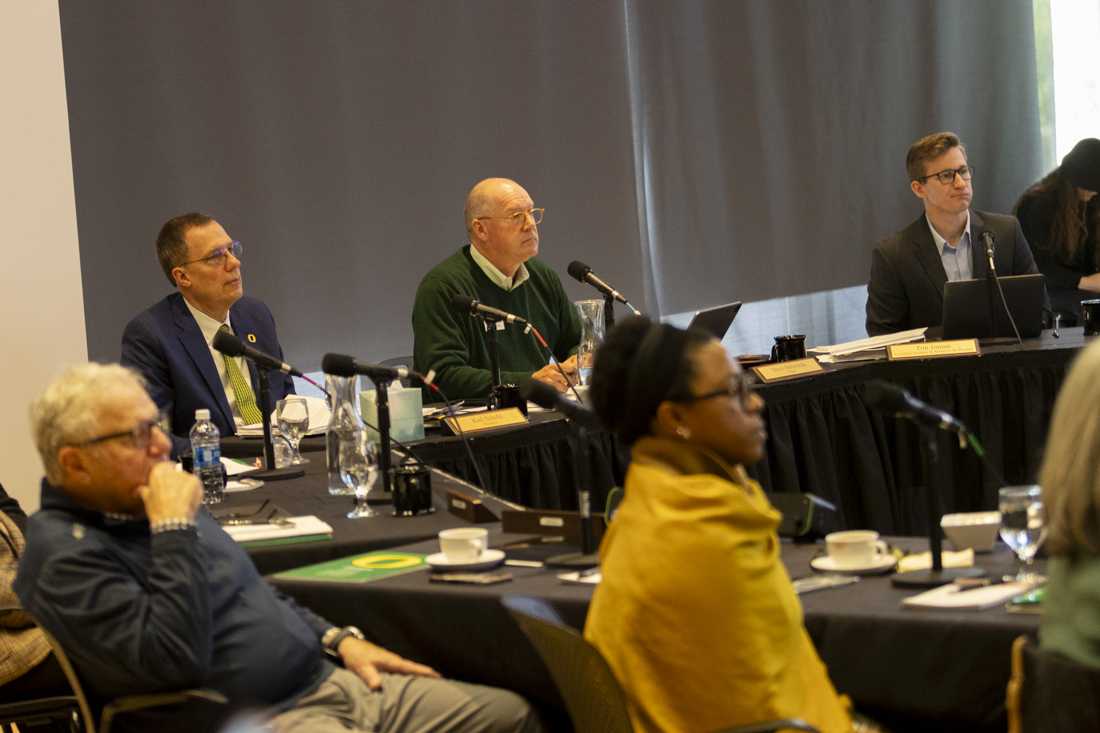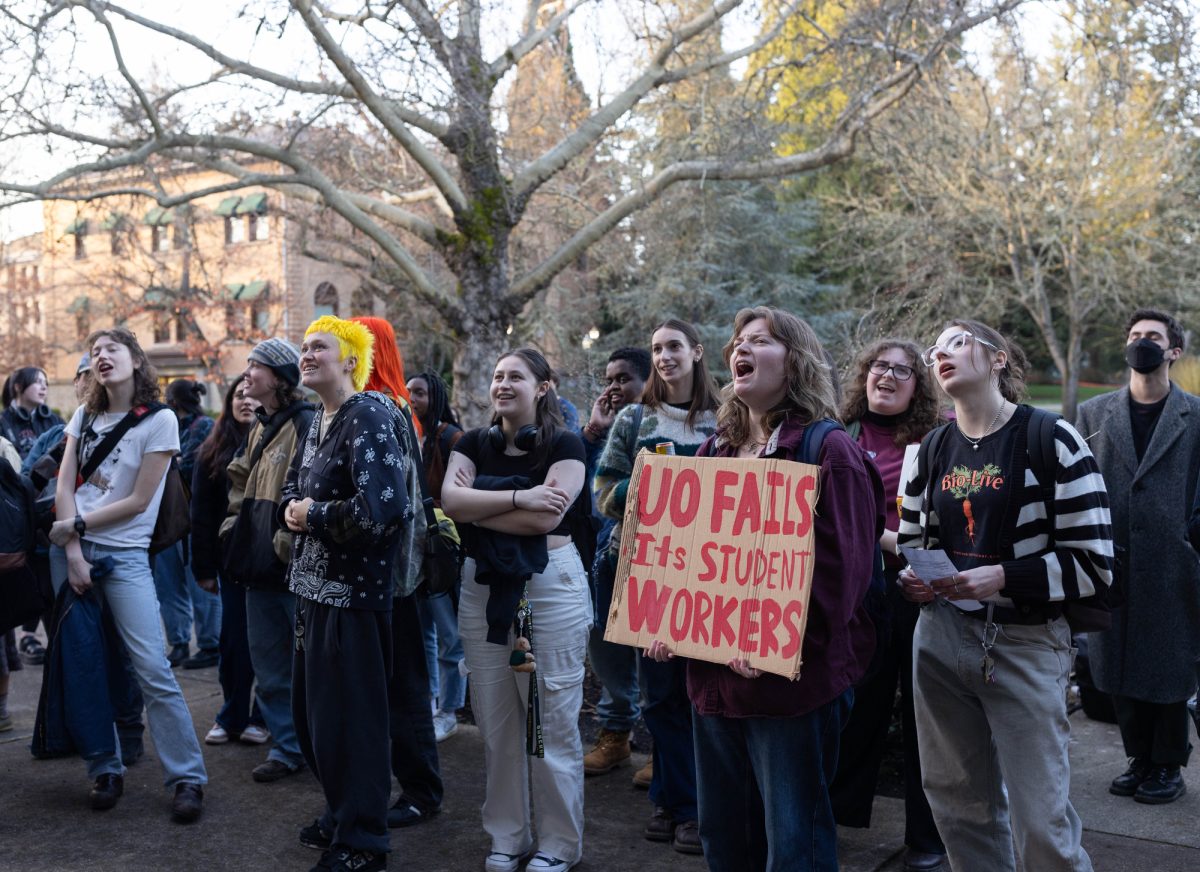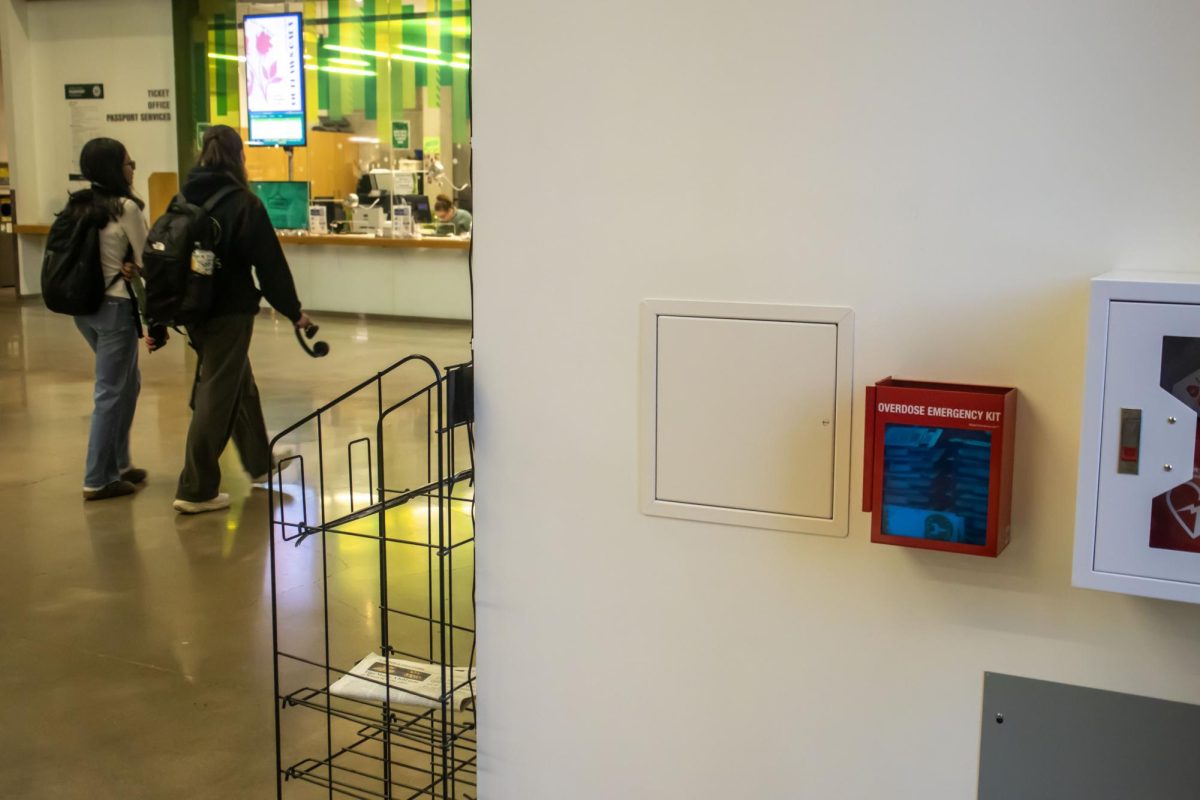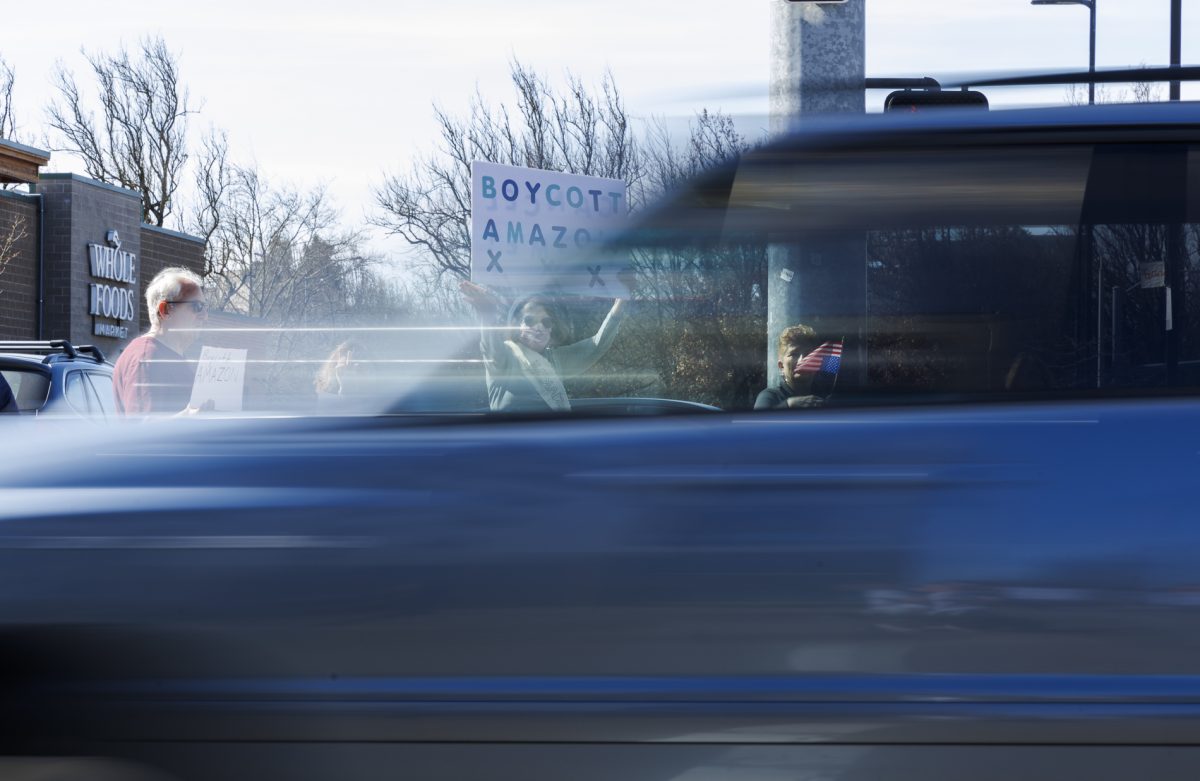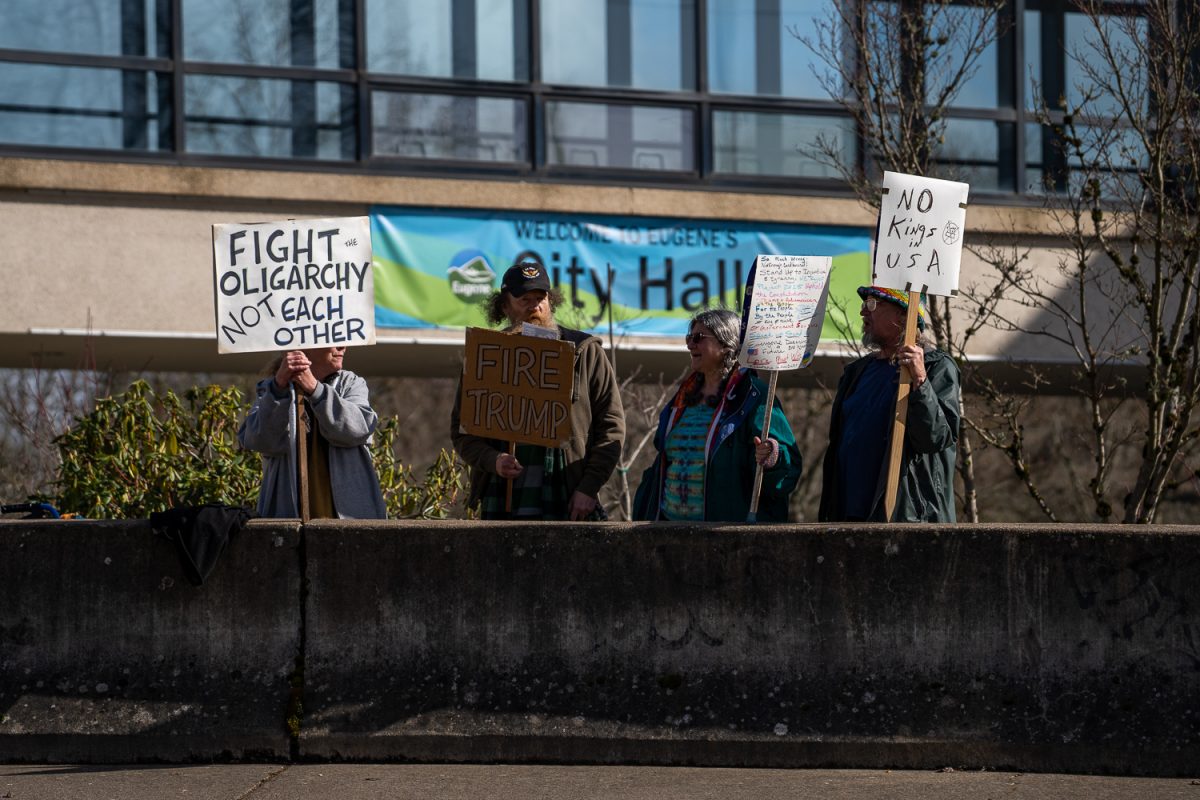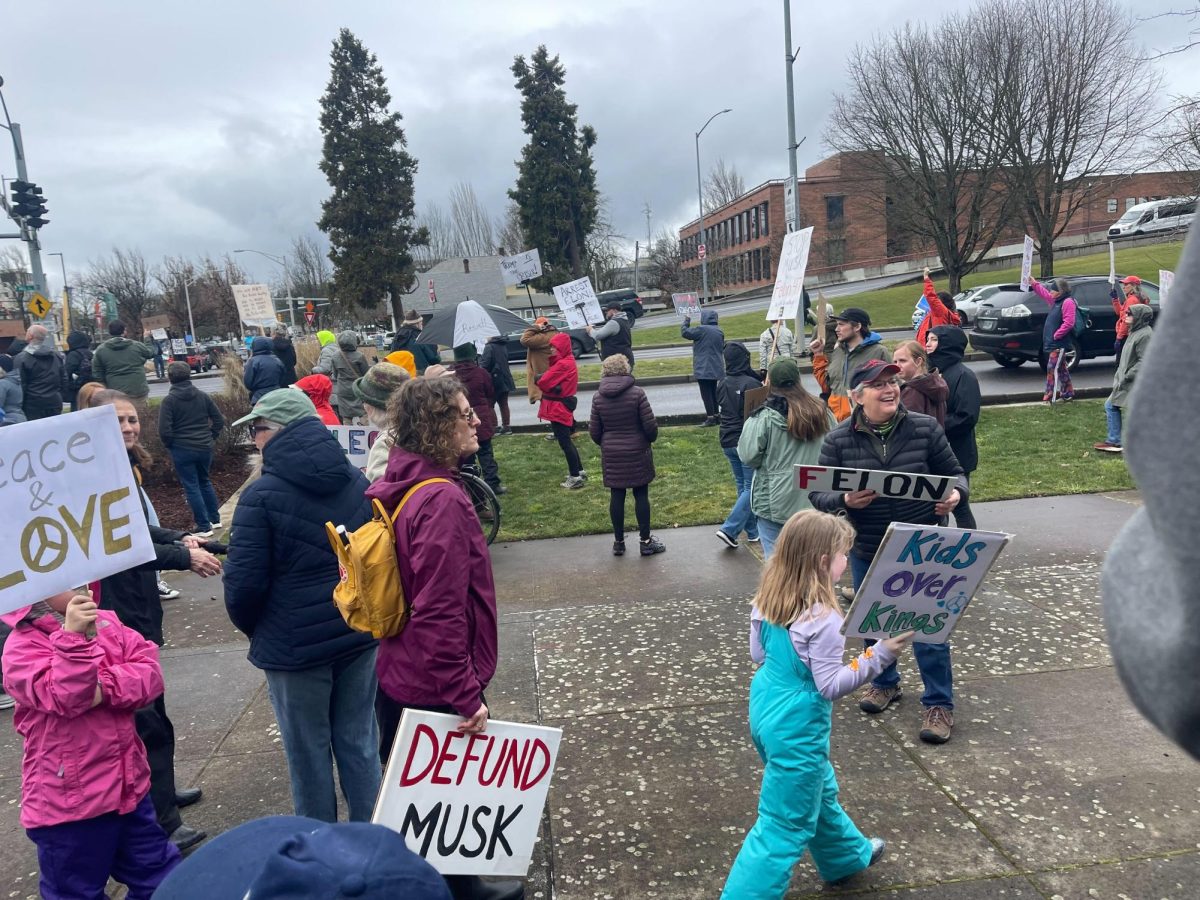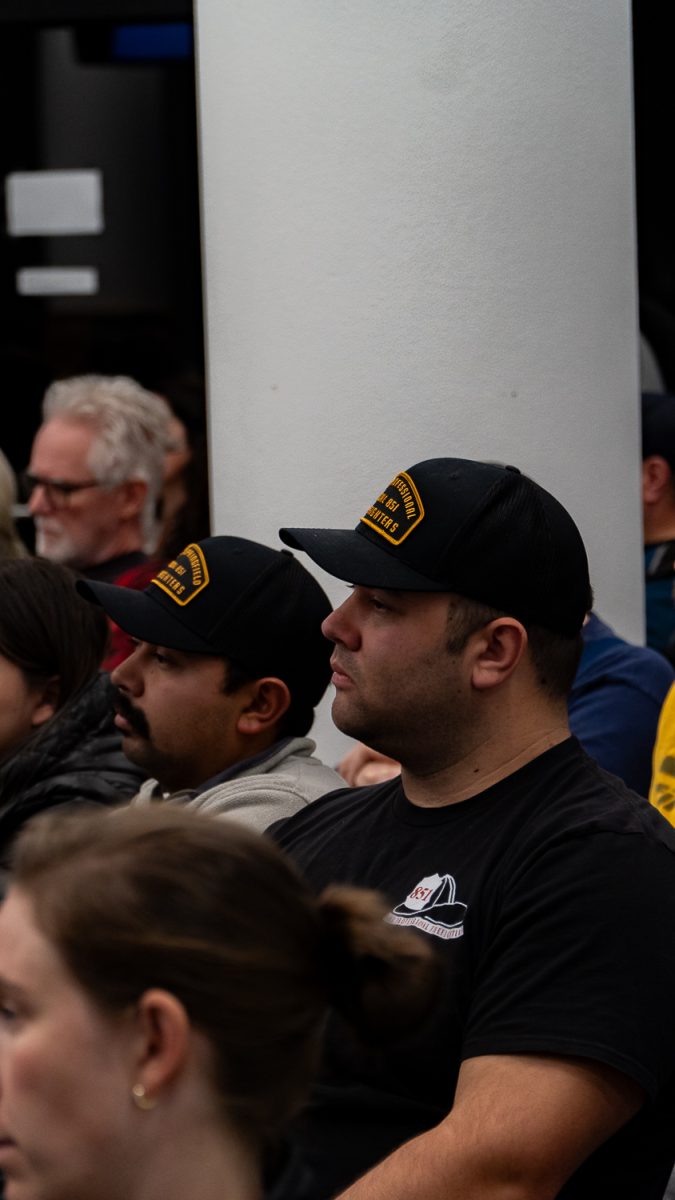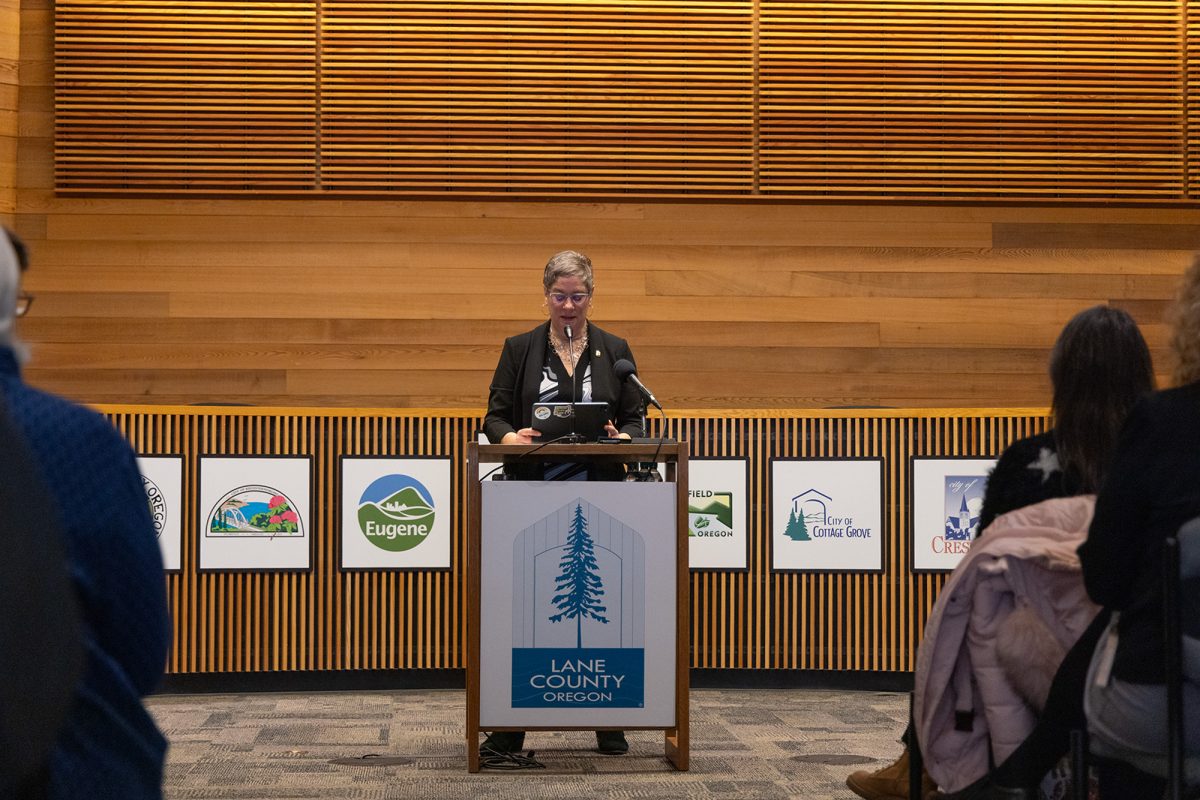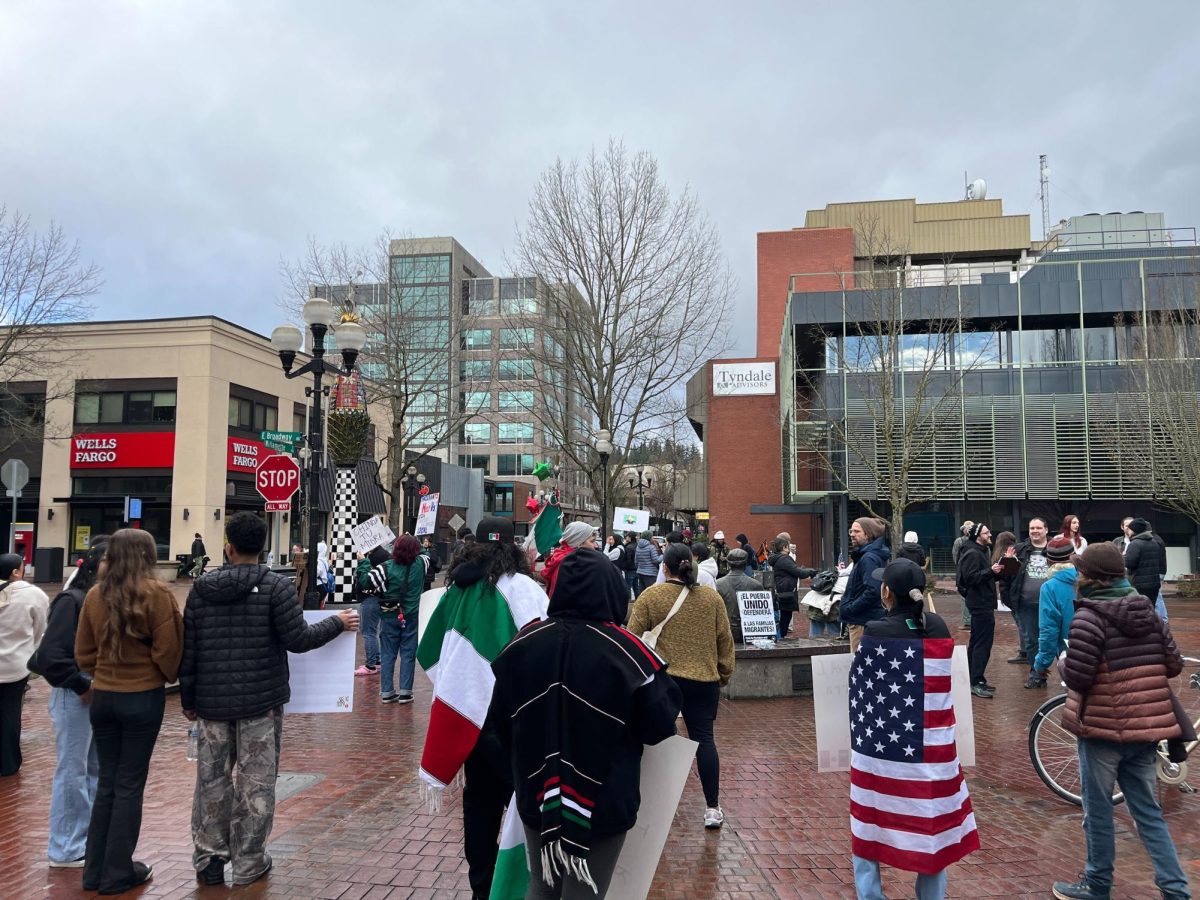The Eugene City Council passed an ordinance implementing middle housing code amendments required by House Bill 2001 in a May 24 special meeting. The bill — which was passed in 2019 — requires cities with populations of over 25,000 to allow duplexes, triplexes, quadplexes, cottage clusters and townhouses in residential areas typically zoned for single-family homes.
Municipalities had until June 30 to incorporate this allowance into their zoning codes.
Exactly how Eugene should implement the amendments has been a divisive topic for the community and city councilors, causing Eugene to lag behind cities like Springfield and Bend in adopting the amendments.
After 10 months of discussion with the public, the council decided on the final language of the ordinance in the special meeting before passing it unanimously.
“We have a lot of work to do with our community to bring everyone on board with the work that you’ve done,” Mayor Lucy Vinis said, “And I have hope that this ordinance will in fact enable us to build much more of the housing that we need in this community and that we will see progress.”
Kaarin Knudson, UO architecture and urban design instructor and Better Housing Together founding director, said she was part of a statewide technical advisory committee that developed the regulatory structure for the bill. She said she is happy with the council’s final decision.
“The reality is it will take a long time for us to see this new housing built in Eugene,” she said, “But passing this ordinance locally is a really important step for meeting our current housing needs and really planning for housing needs of the future.”
Eugene’s ordinance largely matches the minimum standards set by the state and the Planning Commission’s recommendations except for creating smaller minimum lot sizes, allowing taller buildings, incentivizing parking reduction near EmX transit and increasing the maximum lot coverage from 50% to 60%.
Originally, the city council was considering a maximum lot coverage of 75%, as recommended by the Planning Commission. However, it settled on 60% due to community concerns and to be consistent with the maximums set by cities like Springfield.
Those concerns largely revolved around increased lot coverage reducing tree canopy and impacting urban heat islands.
Before the councilors decided on 60% maximum lot coverage, Councilor Mike Clark said he wanted to adopt the minimum state requirements from the beginning and suggested 50% lot coverage as an alternative to 75%.
“If we go through appropriate tree protection in the fall, I may be willing to revisit this at 75%,” Clark said.
Councilor Jennifer Yeh said she thinks 50% maximum lot coverage would be a mistake and wouldn’t actually protect trees.
“If we want to make protections for trees, make protections for trees rather than getting at it in this sideways way that might not actually do that.”
Councilor Greg Evans suggested two changes in an email to councilors after hearing community concerns about sufficient infrastructure and protecting the Willamette River.
Clark said Evans’ concerns around infrastructure parallel his and the city should adopt the minimum standards so the council can discuss these concerns after. Evans decided not to put forth the motions but asked to submit them at a later time.
Knudson said she wishes the council would have done more to exceed the minimum standards.
“One of the things that I think was lost at the end of this process with so much concern raised very late in the process is that many people would have liked to have seen Eugene be even more innovative, and go further with this work,” she said.
Knudson said the Planning Commission’s recommendations were already the product of careful analysis and compromise.
“Many mission-driven, affordable housing providers would have liked to have seen us go even farther with this work,” she said. “Certainly relative to diversity and vitality within neighborhoods, there’s more that we could have done with this work, but we’ll get there in the future.”




